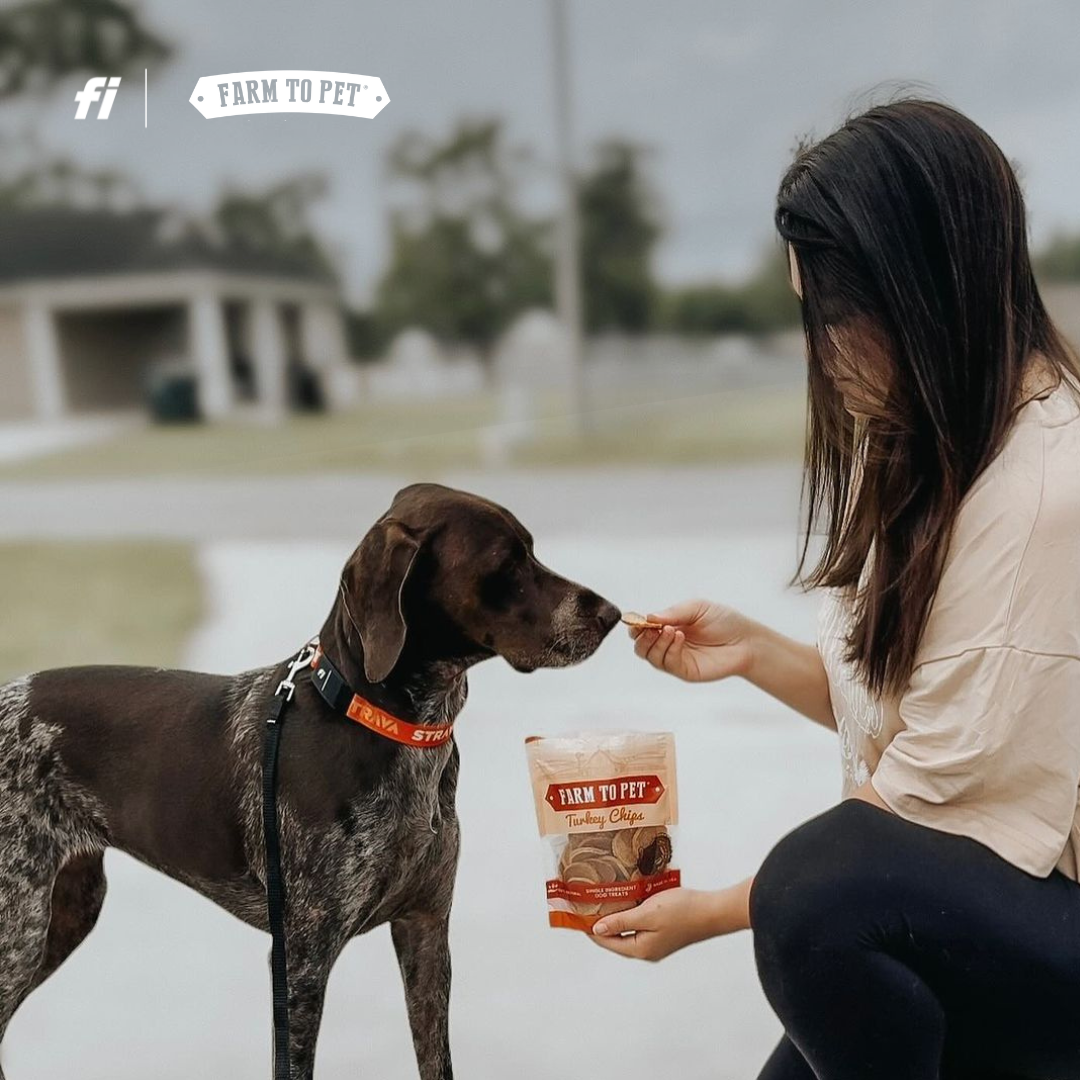Puppies and dogs have nature on their side. Just looking at one of our furry friends for long enough is enough to instill a desire to expand your canine pack. You’re already taking care of one dog, so you know what to expect. Surely, taking on a second pet isn’t much different? Before you make that decision, put your foot on the brake and consider whether you’re ready for a second dog.

What to Consider Before Getting a Second Dog
You'll already be well aware that a dog is a big commitment, one that's going to be with you for more than a decade. So, before you take the plunge, we recommend asking yourself a few key questions:
- Is your dog still a puppy, or have they grown and become fully bonded with you?
Puppyhood is a real challenge, especially when you're trying to potty train your new pet. If you take on a second dog at the same time, it'll be twice the work. Worse still, some dogs that take longer to learn new things can cause others to regress. If you've made leaps and bounds with potty training your first dog, a difficult second puppy could drag their progress backward and see them peeing on the floor again.
- How old is your existing dog?
If you’re thinking about a second dog, you ideally want to wait until your first dog is one to two years old. Equally, you shouldn’t wait too long; older dogs can become less tolerant of puppies and less willing to engage in play.
- Are there other people in the house, and do they agree with the decision?
Bringing a new pet into the household affects everyone living there. You'll have more cleaning responsibilities, spend more on food and other essentials, and you'll have to make time for training and walking your new puppy. Be sure that everybody’s on board with your decision.
- Do you have the budget to support another canine?
Before you commit to a second dog, think about the costs that you incur with your first canine. You'll effectively be doubling the costs that you currently set aside. This means paying more for food, vaccinations, vet trips, and more.
- What kind of breed are you interested in?
Ideally, you'll want to choose a breed that compliments your existing pet. Different breeds of dogs have varying levels of affection and energy. This can impact the way that they interact with one another, as well as the amount of exercise they’re going to need. You should also research how breeds interact with each other, as this can determine whether you should have a male and female dog, or two of the same gender.
You can also try fostering a puppy from a rescue and try to see how your dog acclimates to having a new friend in the house. There are plenty of rescues that would love to have you foster, reaching out to them would also be a great step.
- Do you have time in your calendar to take on the commitment?
Don't forget how much work is involved in raising a puppy and fostering their independence. If you have any vacations or other large events coming up, or you expect to be out of the house for work for extended periods of time, you may want to hold off a little longer.

When You Shouldn’t Get a Second Dog
There are many reasons that somebody might take in a new pet, though not all of them are the right reasons. Below are a few reasons why you shouldn't consider bringing another dog into the household:
- You think a second dog will resolve anxieties in your existing pet.
While it's understandable that you might think this, it's actually possible for your new puppy to learn and adopt your current dog's anxieties and fears. Then, you'll have twice the problem. Instead, work on resolving your pet's anxiety with behavioral training.
- You have an aggressive dog and believe that a friend will soften their personality.
If your dog struggles with aggression, getting a new puppy can put them at risk. Remember, even though you’re intending on welcoming a new pet into your family, your pet is simply going to see them as an unknown, unfamiliar dog and could become aggressive.
How to Introduce a Second Dog into the Home
So, you've taken into account the questions and points above, and you're ready to get a second dog. You'll want to know how to introduce your new pet to your existing canine.
Start by keeping both pets on their leash and paying attention to their body language. We recommend setting up their first encounter on neutral ground.
Keep their leash short and loose, and bring along a friend or family member. Each handling one of the dogs, you should both let them approach each other, assuming that they seem interested and are remaining calm. Let this go on for a few moments, before rewarding any good behavior with treats to separate them again.
When it's time to introduce your new dog to the home, don't dive straight in. Remember, your first dog is used to being the only canine in the house, and they could feel like their territory is being threatened. Watch out for staring, stiff posture, and teeth baring, which could lead to snapping. If this occurs, stop the interaction and return to it later for another go.

Final Thoughts
Don’t make the decision to get a second dog on a whim. Your new pet could be with you for fifteen years or longer! Before making such a long-term life decision, you should always leave time for serious thought and consideration.
When you are ready, we hope you find the best friend you were looking for. There are plenty of pups out there that could use a loving home!






